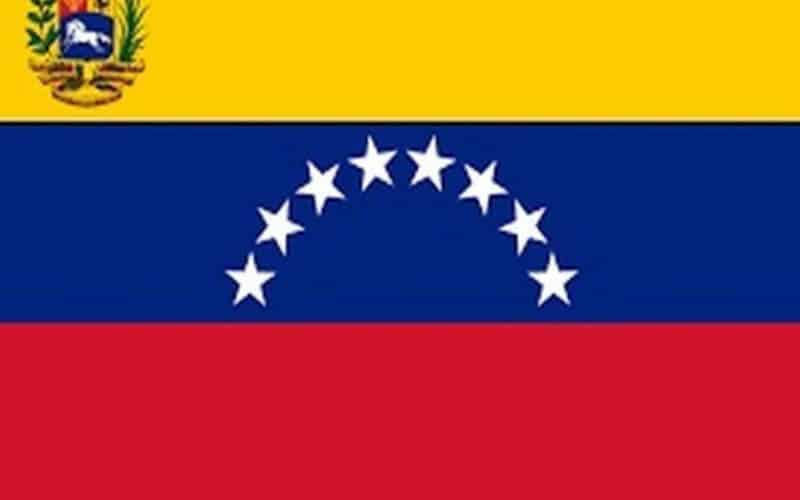Caracas: The Venezuelan currency, the bolivar, has depreciated by 97.36 per cent so far in 2019 amidst the ongoing economic crisis, according to the country’s Central Bank.
On Thursday, it stood at 24,228.33 bolivars per dollar, compared to 638.18 bolivars to the US currency on January 2, Efe news quoted the Central Bank of Venezuela (BCV) as saying.
For the second time in two weeks, the price of the dollar drew close to the 25,000 bolivars, although on October 30, after closing at 24,415.07 local units, it fell to 22,493.91 local units.
As a result of this, the government’s minimum wage was set at $6.19 per month, which implies that the income of three million public employees and five million pensioners was below $1.25 per day.
According to the UN, those living on below $1.25 a day were believed to be living in extreme poverty.
Currently, Venezuela’s income has been affected by the contraction of oil production, its main source of revenue.
A control on the foreign currency exchange rate had been in place since 2003, but since May, the government led by President Nicolas Maduro has allowed some flexibilization in an attempt to secure currency for the public coffers, affected by decline in oil production, its main source of income.
However, many people continue to patronize the black market to trade their currencies; on the unofficial market, the dollar is usually traded above the BCV rates.
In the midst of Venezuela’s economic crisis, the dollar has become the preferred currency for small traders, service providers and individuals, either through cash payment or electronic transfers.
The price of the dollar against the bolivar increased by 6,381,800 times in 2018, from the 10 bolivars per unit in the official market in January to 638.18 – or 63,818,000 before the currency reconversion that wiped off five zeros from the local currency – at the end of that year.

